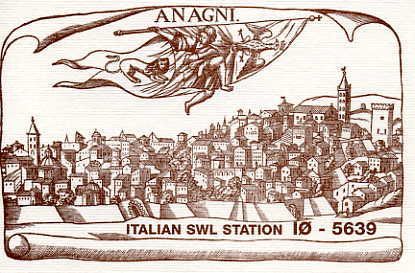Published: Sunday, July 26, 2009 at 3:30 a.m. Last Modified: Saturday, July 25, 2009 at 9:15 p.m.
I was a college graduate before I first learned of the pleasures of the Nashville Flea Market.
Staged monthly at the Tennessee State Fairgrounds, it was — and still is, by most accounts — a fabulous day’s experience.
Lugged in from attics and barns of Tennessee and adjoining states were treasures like a bronze art deco incense brazier, its reclining nude stretched on her stomach, cradling the oval bowl as if it were made of solid gold; a clunky Victorian stereopticon viewer, with cards depicting an impossibly rich fur showroom in Canada and a fearsome crocodile, captured on an African river; a mountain fiddle in a rough, black handmade box that looked like a child’s coffin.
But one of the best things I ever took home with me from the Nashville flea market was something far more prosaic — a rectangular, gun metal gray Hallicrafters radio.
“Hit plays,” the seller insisted. “It plays.”
Hit did, even though it probably was the cheapest receiver ever marketed by the Chicago shortwave radio manufacturer. The seller had it tuned to an AM station, which sounded tinny, at best, on the Top 40 tunes of the day.
But I ignored the dodgy AM reception and roamed instead over the radio’s four shortwave bands, letting my imagination flow across the dial.
I never got into listening deeply enough to start collecting QSL cards, confirming receipt of a particular transmission. But I spent an inordinate amount of time in front of my flea market receiver. It seemed as mysterious as it was marvelous that you could tune in voices from halfway around the globe as clearly as the garden-variety AM deejay in Alabama.
In the mornings you could hear Australia and Japan — or perhaps the BBC, broadcasting chiming soukous guitar music on its African Service. If you rose early enough, you could hear Radio Tahiti — a truly exotic catch — or a station in Nairobi, broadcasting in English but conjuring up images of the African veldt.
After sundown, however, was when the shortwave came alive. Mad-dog announcers went wild over South American soccer games; you could almost feel the spray of their saliva as they screamed out the action. West German radio read the news in English as precise as a Mercedes door fitting; to Radio Havana Cuba — territorio libre de America! — it was clear that ours was a second language.
Radio Tirana in Albania clung coldly to the hardcore Communist Party line; a station in Beijing offered the otherworldly sounds of traditional Chinese opera, its syllables and cadences juggled with dazzling quickness by acrobatic artists.
Source:
http://www.tuscaloosanews.com/article/20090726/NEWS/907259972/1005?Title=SOUTHERN-LIGHTS-Mystery-lurks-behind-the-numbers
via Yimber Gaviria, Noticias de la Radio
domingo, 26 de julio de 2009
Suscribirse a:
Enviar comentarios (Atom)


No hay comentarios:
Publicar un comentario